In August 2016, Sony released an annual flagship TV product "Z9D." I believe that Sony's fans must know the meaning represented by "Z" in Sony's products. This TV will not deny the will of Sony's "Z". The performance beyond normal may even be hard to believe. This is a TV products with LCD structure, Sony Z9D in the color, black market, refresh rate of three indicators of standard display products, set a new benchmark in the industry, Sony also through its own chip technology, the final potential of the LCD panel to squeeze come out. 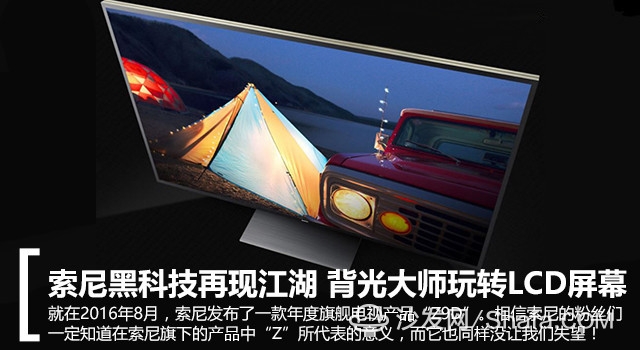
Breaking through the limits of the liquid crystal to the finest control of light, we must first give you a concept of popularity. What is dynamic backlighting? In fact, dynamic backlighting is a technology used by various manufacturers. All this is due to the inherent shortcomings of LCD panels. The “leakage phenomenon†of the panel, the structure of the LCD screen is more complicated, the entire screen is divided into several layers, the first layer is the imaging liquid crystal panel, and then the light guide plate diffusion sheet and other materials, but due to the physical properties of the liquid crystal itself is unable to Luminous, so it is necessary to set a layer of backlight light source at the end to provide brightness to the front LCD panel. In the absence of dynamic backlight technology, the backlight of the LCD screen is always on, even if the LCD is high. The arrangement of the density of the black field still reveals light leakage, resulting in the leakage of the LCD TV.
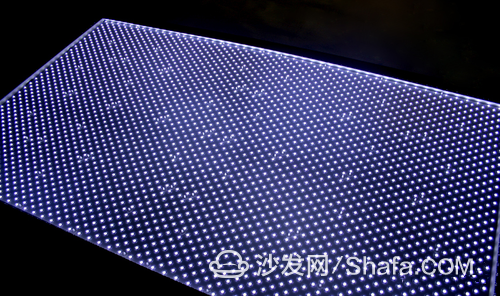
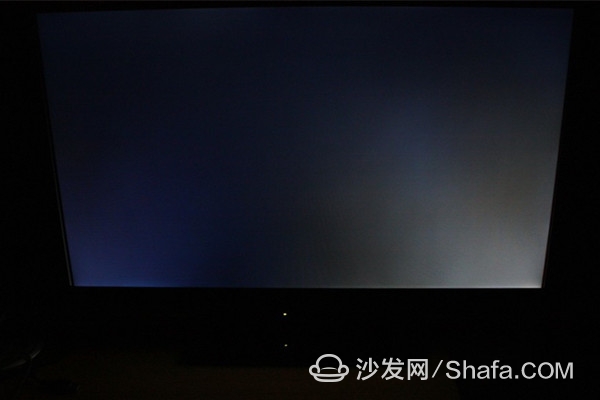

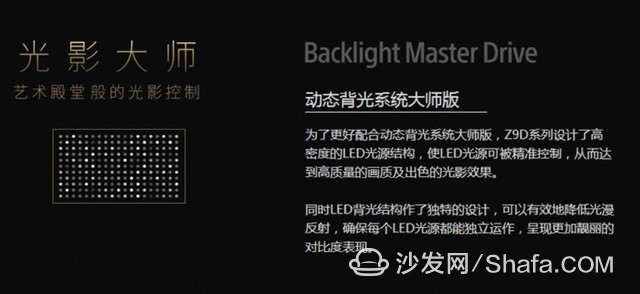
In human terms, it is the master version of the backlight that turns the backlight on and then turns off the LCD raster. It is also possible to turn the backlight on and darken the liquid crystal grating to a point where it can obtain the same brightness without any difference. Although the process is still a one-way algorithm, the two-way control does indeed make the light control area more precise. More accurate backlight control can also enhance the device's look and feel in HDR video. With respect to HDR, I believe that many people understand it. So how much do you know about the two formats of HDR? Let's go down and talk.
HDR does not directly affect the brightness of the device
In fact, as in the last two years, the HDR technology that broke out on a large scale in TV products in 2016 has become a popular display technology term. However, many people do not know that HDR is actually divided into two formats.
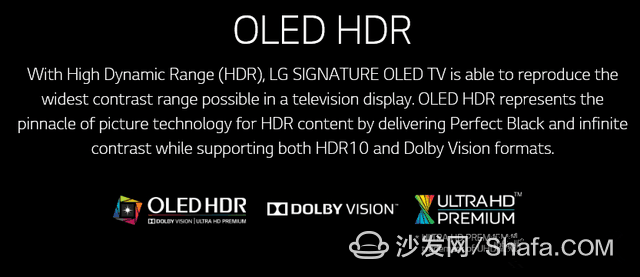

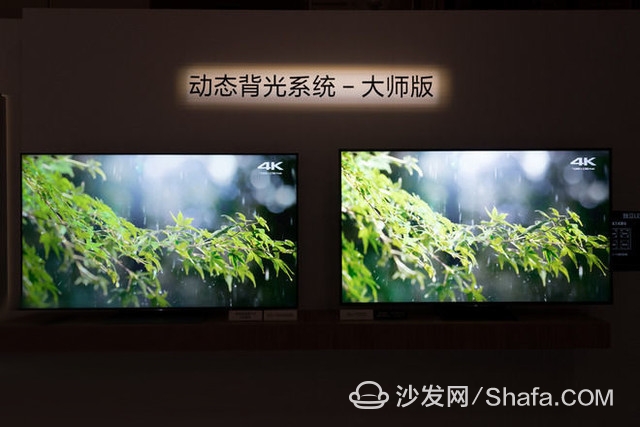
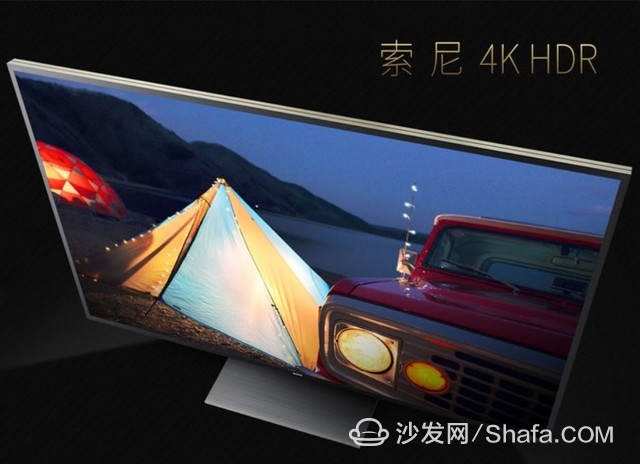

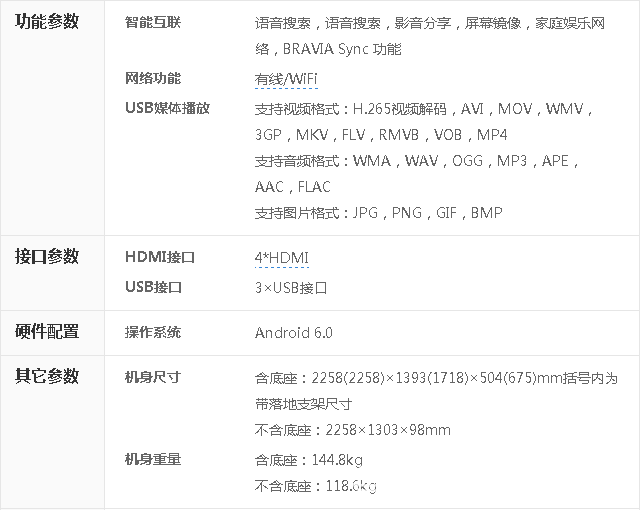
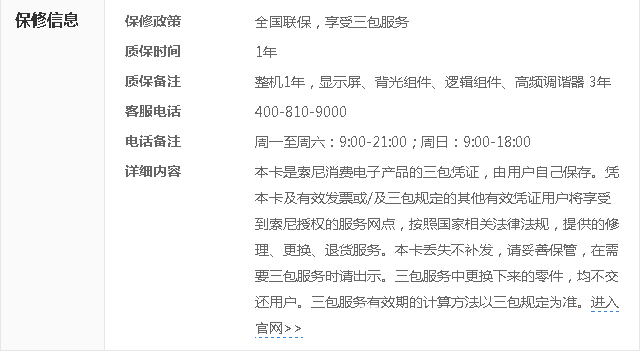

Sony KD-100Z9D
As we all know, the longevity of liquid crystal display technology lies in the brightness. A stable backlight system can provide efficient and long-lasting brightness performance. Sony's Dynamic Backlight System Master Edition can raise the brightness of the TV to treacherous 4000 nits by controlling it. Quantum-dot TVs can only reach around 1,000 nits, and OLEDs are inherently inferior to quantum dots because of inherent brightness problems. Of course, the brightness alone is not the full function of the dynamic backlight system master version, today I will give you a detailed analysis of Sony's black technology. Breaking through the limits of the liquid crystal to the finest control of light, we must first give you a concept of popularity. What is dynamic backlighting? In fact, dynamic backlighting is a technology used by various manufacturers. All this is due to the inherent shortcomings of LCD panels. The “leakage phenomenon†of the panel, the structure of the LCD screen is more complicated, the entire screen is divided into several layers, the first layer is the imaging liquid crystal panel, and then the light guide plate diffusion sheet and other materials, but due to the physical properties of the liquid crystal itself is unable to Luminous, so it is necessary to set a layer of backlight light source at the end to provide brightness to the front LCD panel. In the absence of dynamic backlight technology, the backlight of the LCD screen is always on, even if the LCD is high. The arrangement of the density of the black field still reveals light leakage, resulting in the leakage of the LCD TV.

Liquid crystal panel can not get rid of the backlight
The so-called dynamic backlight, in simple terms, is to use the chip with a chip to determine whether the device is in the dark field display state, if it is, will reduce the brightness of the backlight, thereby improving the light leakage, the dynamic backlight of most products on the market today, It is the same reason, but even so, most of the LCD products in the dark, it is still difficult to hide the problem of short-sighted light. Some of them also identified the black field data when they were not completely black and the shadows still had details. After reducing the brightness, the viewing experience was greatly reduced. 
LCD TV leaks flawed
Sony is proud of its high-end Z9D TV in 2016. The X1 Extreme is designed specifically for 4K HDR. It also features Sony's latest backlight system called "Master of Dynamic Backlight System". , It is the direct light technology with the most dense LED backlight in civilian products at present, can reduce halo phenomenon effectively, improve the contrast performance of LCD liquid crystal TV greatly. 
X1 Extreme chip
By observing and analyzing the brightness signal transmission algorithm of "dynamic backlight system master version", except for zero signal transmission, the other parts are the same as ordinary backlight. Although the number of signal luminance distribution sub-strings is eliminated in this part of the algorithm, the signal luminance distribution sub-number sequence here is actually meaningful. 
Dynamic Backlight System Master Edition
Example: A backlight program with a brightness of 500 nits and a maximum back-lightness of 4000 nits. The control value of the signal brightness is 1/8, which is 4000x1/8=500 nits with normal backlight transmission; and the "master version of dynamic backlight system" The algorithm, which can be either 4000x1/8 or 4000x (1/2) x (1/8)x (2/1), yields a 500 nit brightness. 1/2 of this formula is the signal brightness distribution factor, its significance is to assign the brightness to the backlight and the liquid crystal to control the two links, the product of the distribution factor of each link is 1, the final output value will not change. In human terms, it is the master version of the backlight that turns the backlight on and then turns off the LCD raster. It is also possible to turn the backlight on and darken the liquid crystal grating to a point where it can obtain the same brightness without any difference. Although the process is still a one-way algorithm, the two-way control does indeed make the light control area more precise. More accurate backlight control can also enhance the device's look and feel in HDR video. With respect to HDR, I believe that many people understand it. So how much do you know about the two formats of HDR? Let's go down and talk.
HDR does not directly affect the brightness of the device
In fact, as in the last two years, the HDR technology that broke out on a large scale in TV products in 2016 has become a popular display technology term. However, many people do not know that HDR is actually divided into two formats.

HDR10/Dolby Vision Two HDR Technology Standards
Interestingly, when almost all television vendors promote HDR, they merely indicate that their products support HDR technology, but they never say whether they support the HDR10 standard or the Dolby Vision standard. The reason is very simple because no one wants to let consumers know that they are " Does not support all HDR video content, such as the HDR10 standard HDR video resource. TVs that support the Dolby Vision standard do not produce HDR quality enhancements. 
Left to open HDR and right to close
At present, TV manufacturers are widely compatible with HDR 10 standards, such as Sony, Samsung, LG, etc. Vizio, TCL, Skyworth and other manufacturers support Dolby vision, and Dolby is also actively deploying Dolby theater and ultra-high-definition Blu-ray and other fields. As for the content of resources, resources are not particularly rich because Ultra High Definition Blu-ray and 4K streaming media are still at the stage of development. It is worth mentioning that Sony not only owns its film and television companies, but also has a complete industrial chain for the production of movie players and televisions. At present, it is the most complete ecosystem in the industry from production to broadcast, and it owns the film ecosystem. It is bound to bring unimaginable advantages to Sony. 
The above figure is a comparison of the Sony X8500D (left) and the Sony Z9D (right), we can easily see the high-brightness and dark field part, the formation of contrast when the perception is enhanced, the color is more transparent
In terms of HDR, to achieve an ideal playback effect, the brightness of the equipment needs to reach over 1000 nits. The brightness of excellent products of the current first-class joint venture brands is only within this range. The domestic TCL latest XESS high-end series of quantum Point TV can also reach 1,500 nits, less than half of Sony's, and its realization can not be judged that the higher the brightness of HDR video, the better, but based on the basic theory of HDR, both: "high dynamic range image" shadows The visual perception generated by the contrast between the details and the black field requires a certain amount of light source brightness support, and at the same time, precise backlight partition control is needed. From this point of view, the Sony Z9D has indeed reached the limit that the LCD panel can reach. 
Sony Z9D
The above is a detailed analysis of Sony's dynamic backlight master, this technology also proved to us, LCD through precise "soft control" can also achieve the effect of not lose OLED, but z9d's light leakage can be controlled by led Backlight cover up, we used to test the method of leaking white subtitle + black background, z9d will be very easy to pass. However, drawing a grid with the finest lines should still capture the true level of light leakage of the Z9D. Perhaps that is no longer meaningful. Then our Zhongguancun online TV evaluation room will also bring you a more comprehensive detailed evaluation of this TV product. Please look forward to it. 


There are good hardware and display effects, of course, with a rich content resources, the combination of software and hardware can play the greatest value of a TV. In terms of content, it is recommended to install a sofa butler - the sofa butler is a third-party app store designed specifically for smart TVs, Android box users, carefully providing television, box users with high-quality television exclusive version of the application, including with live Or on-demand video and audio and video software, various types of recreational competitive video game software and daily office entertainment management system management tools.
Want to explore more new ways of smart TV, Internet TV box You can install sofa butler (http://), all application software one-click download, expand more exciting content!
Miniature High Voltage Film Capacitor
High Voltage Capacitor,xian high voltage capacitor,power capacitor
XIAN STATE IMPORT & EXPORT CORP. , https://www.capacitorhv.com
